Gallery

A thermal imaging camera can detect moisture by displaying a change in temperature. Cool water against warm concrete)

A moisture meter uses resistance to measure elevated moisture content.
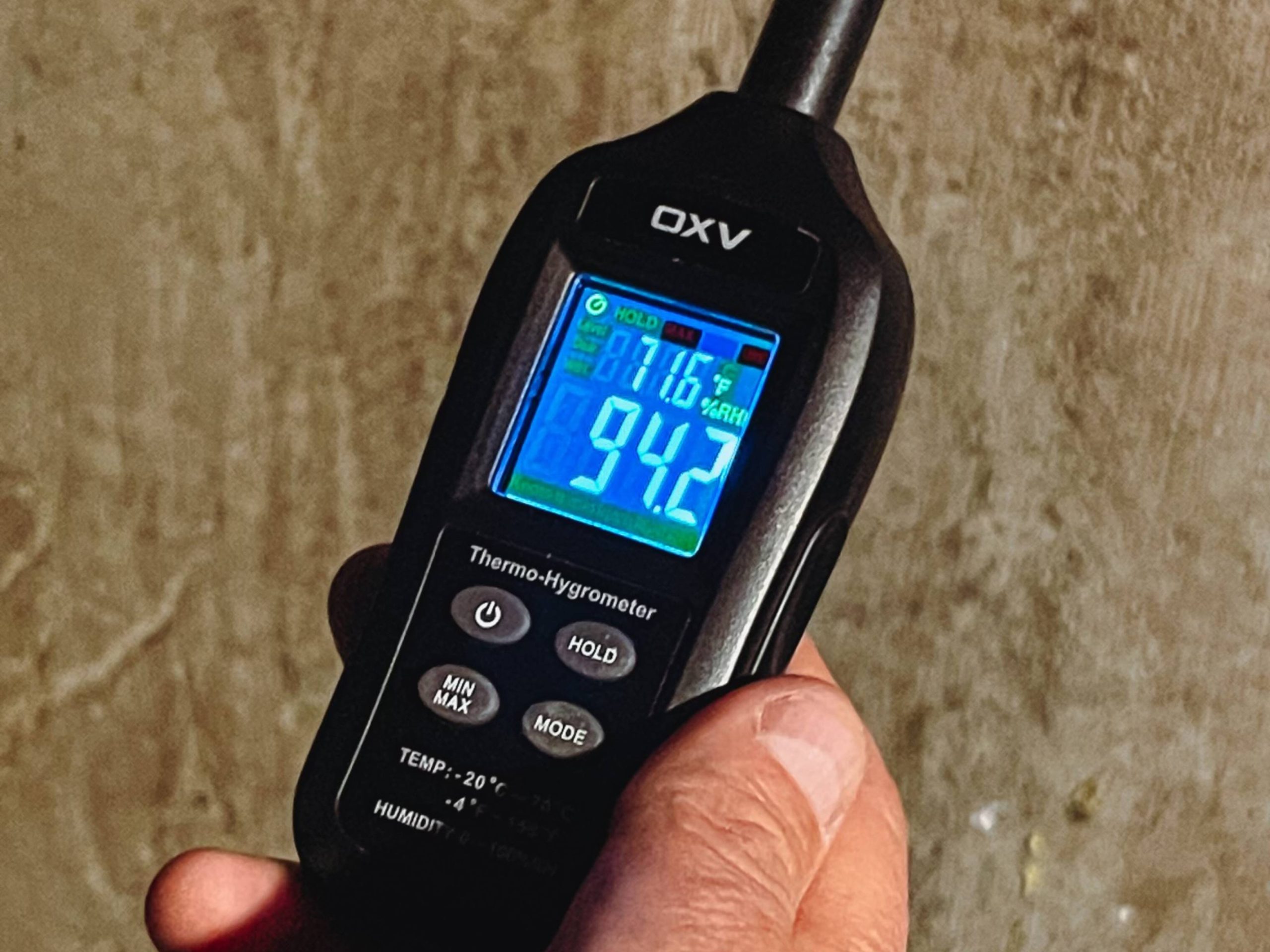
A hygrometer measures relative humidity. Mold requires 60% relative humidity or higher to grow.
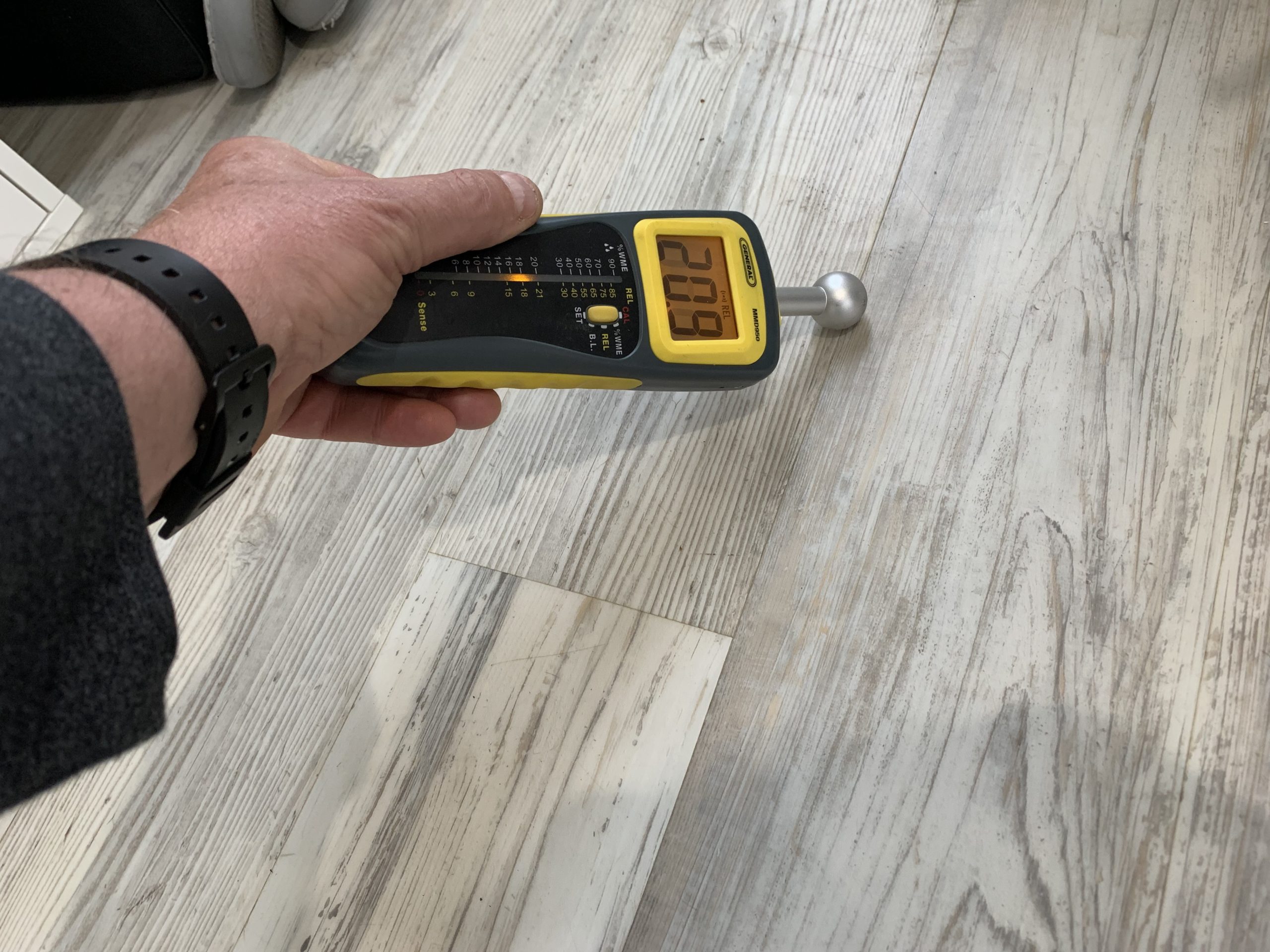
Basement floors can contain elevated moisture levels.
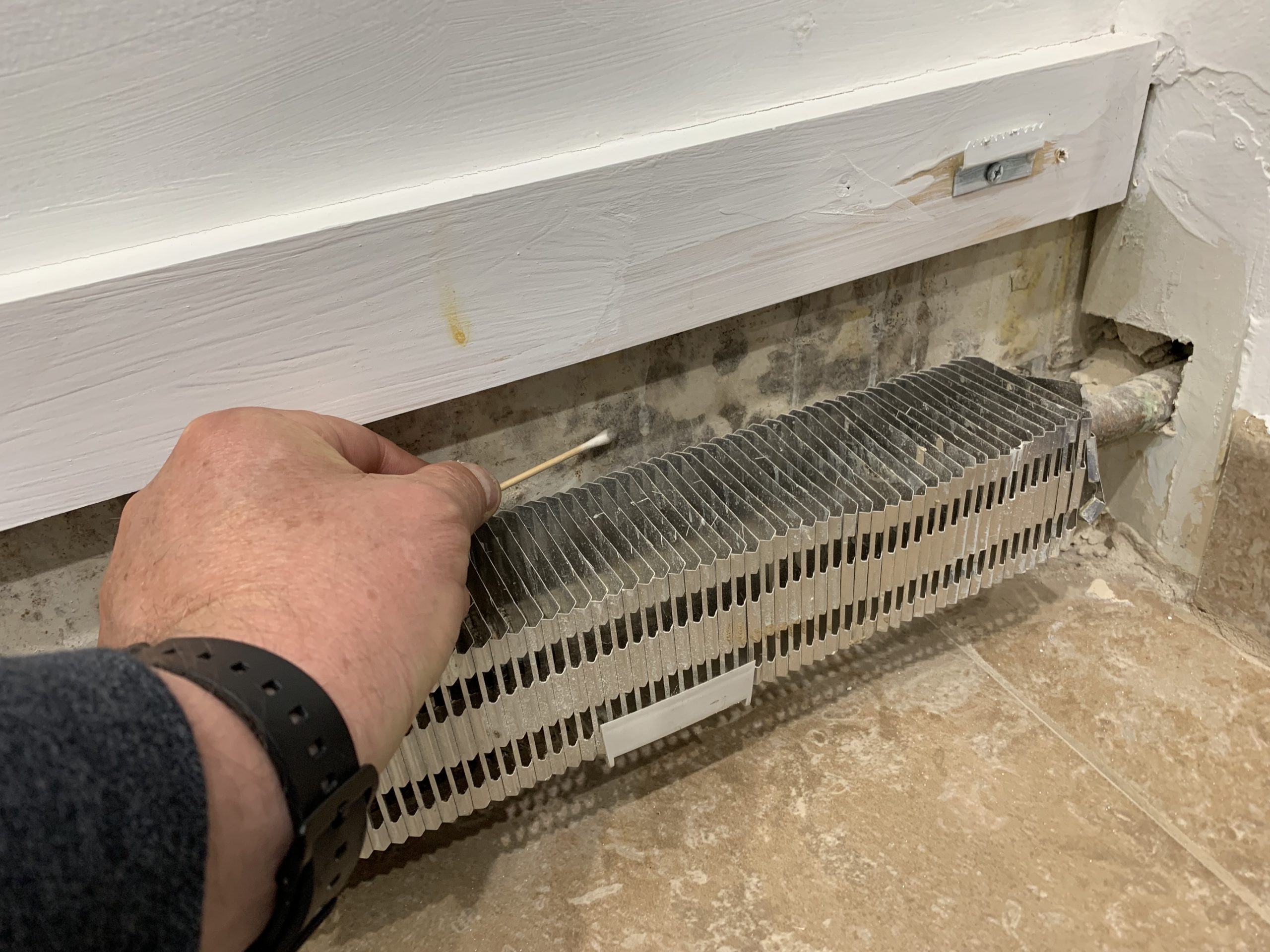
Swab sample on visible mold.
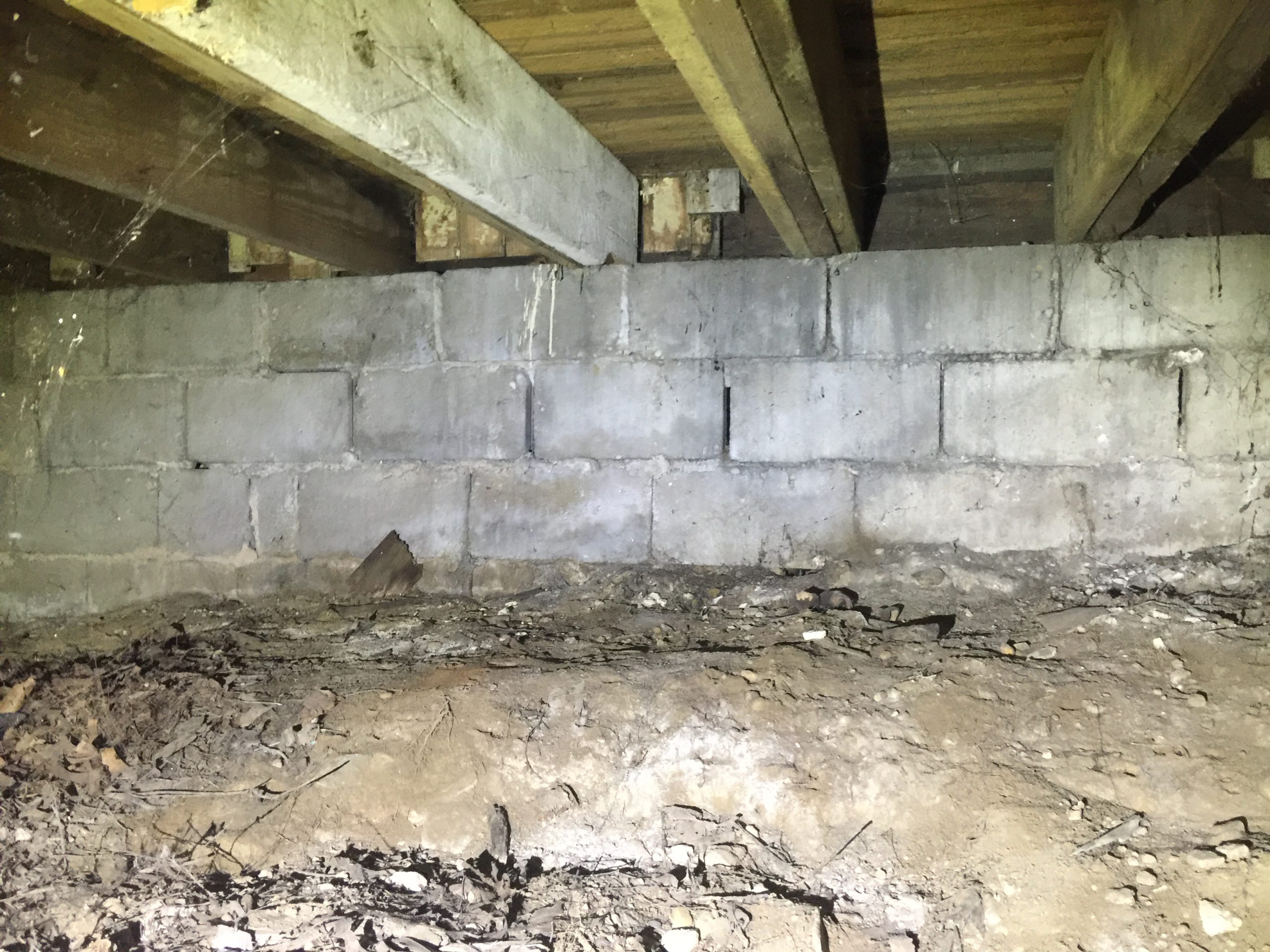
Dirt floors in crawl spaces promote mold growth through elevated humidity and/or water penetration. Concrete floors are preferred.
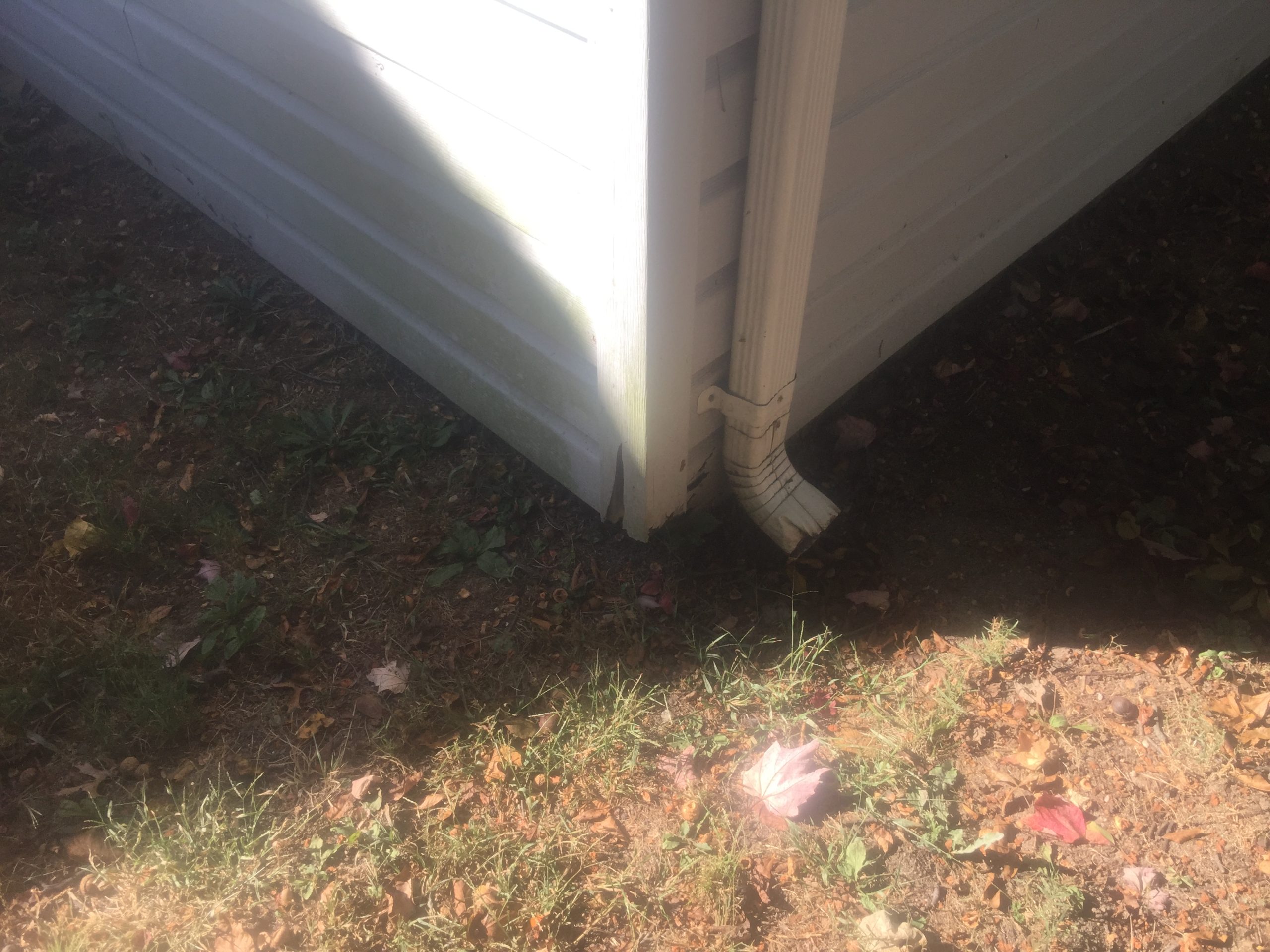
Divert water 4 to 5 feet away from the structure on all sides.
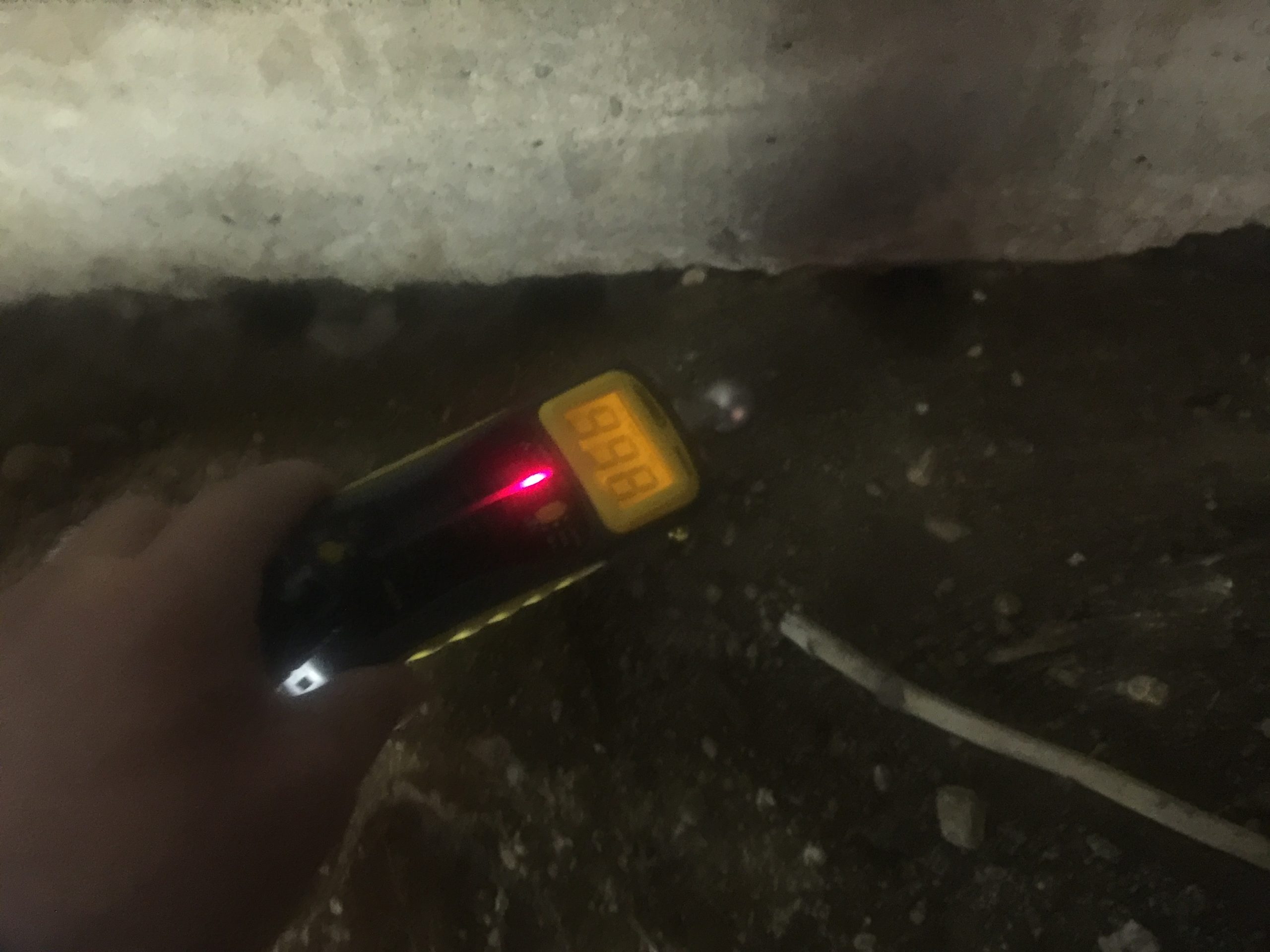
Moisture in a crawlspace.
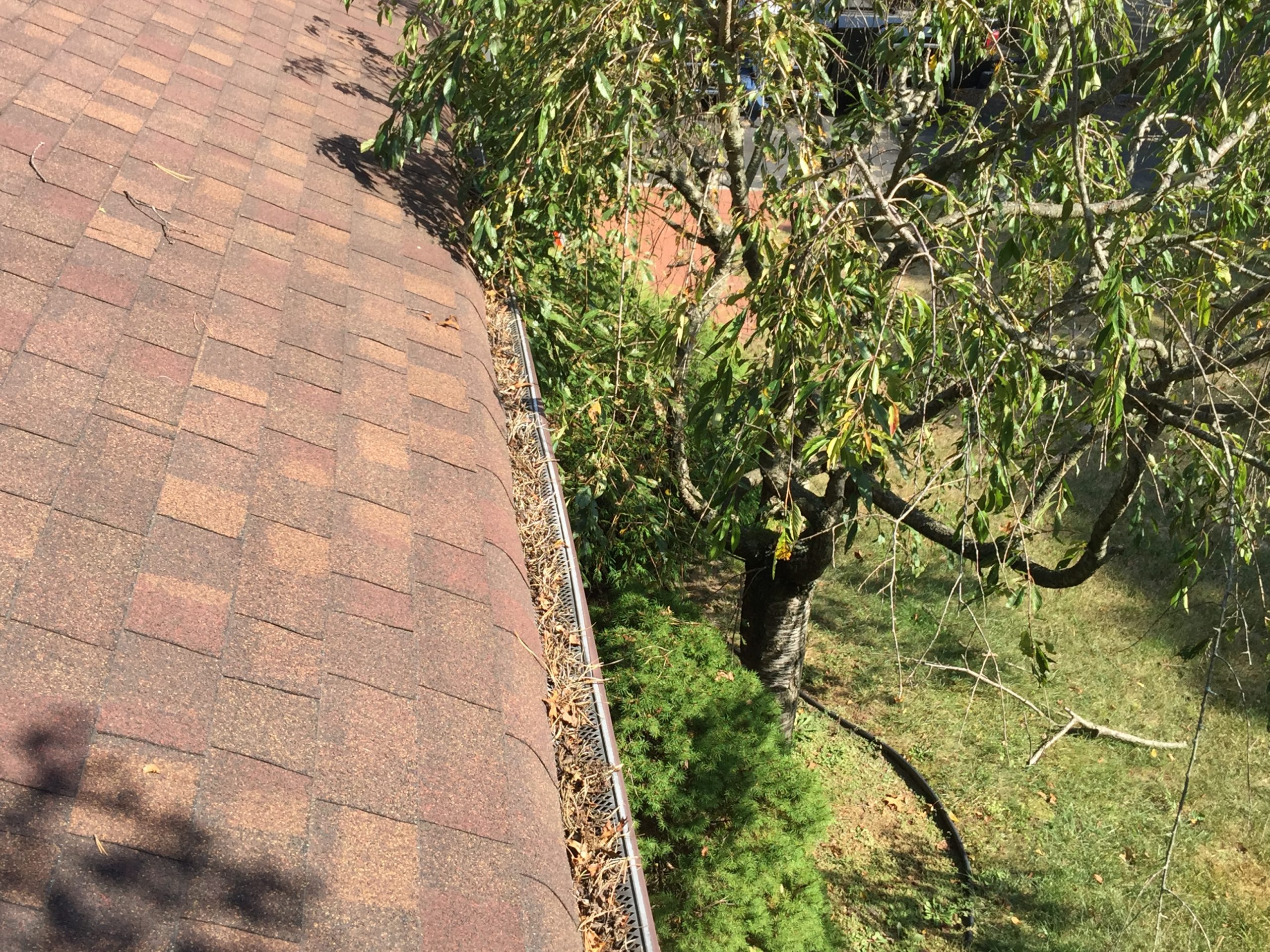
Clogged gutters can cause an enormous amount of water related damage.
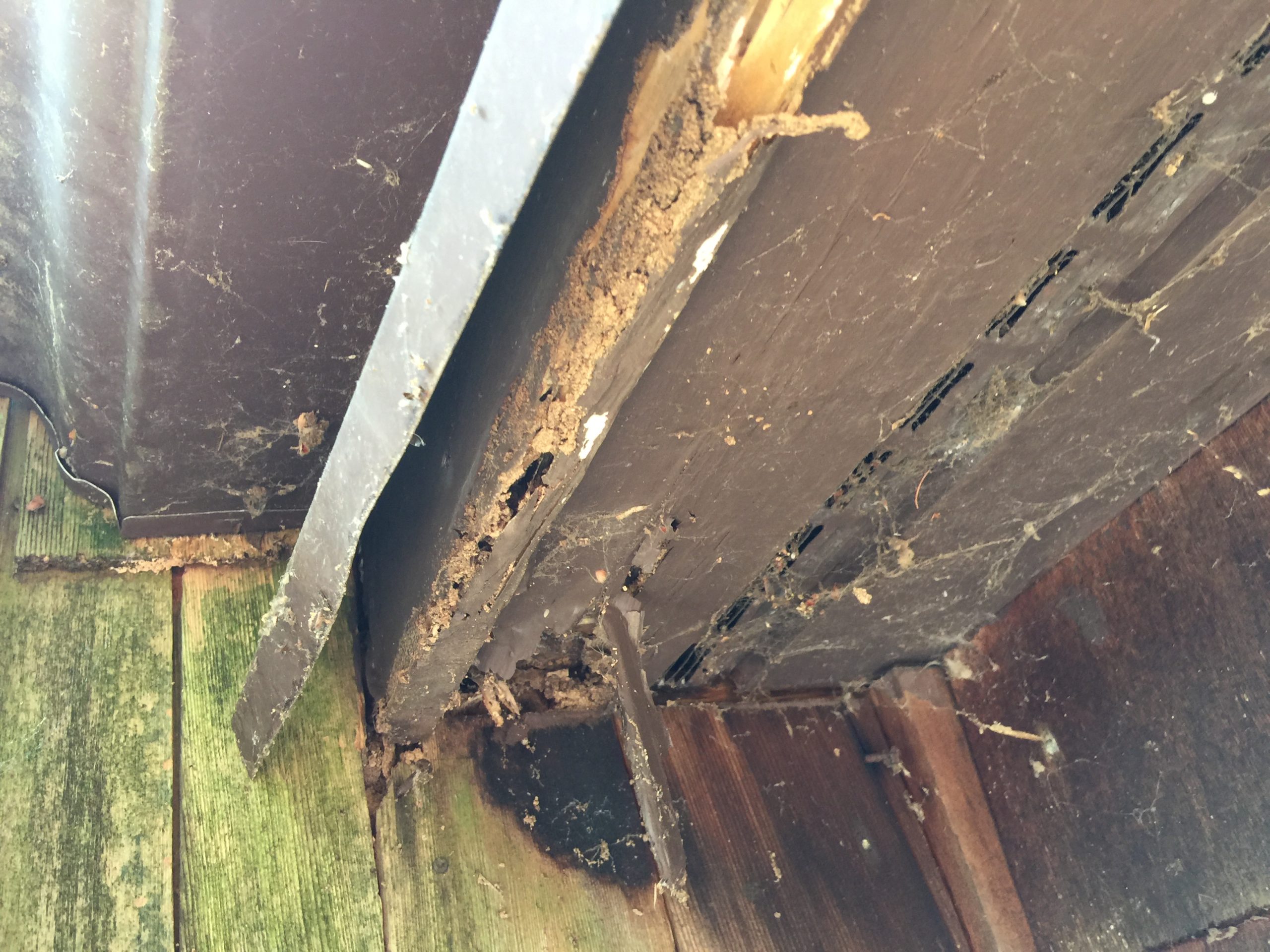
Water penetration behind a gutter can rot an entire side of a house.

Efflorescence is indicative of previous/present moisture.
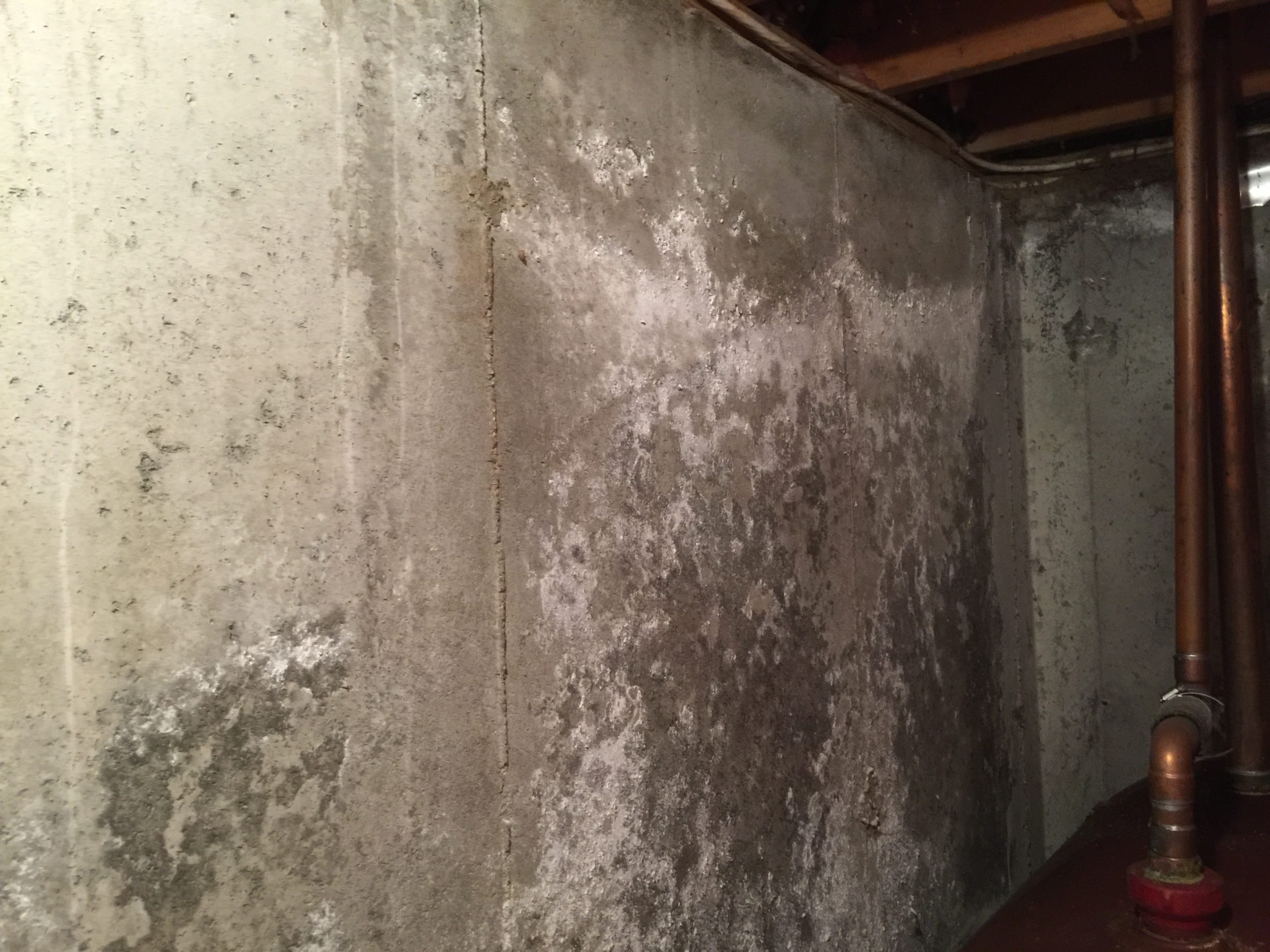
Efflorescence
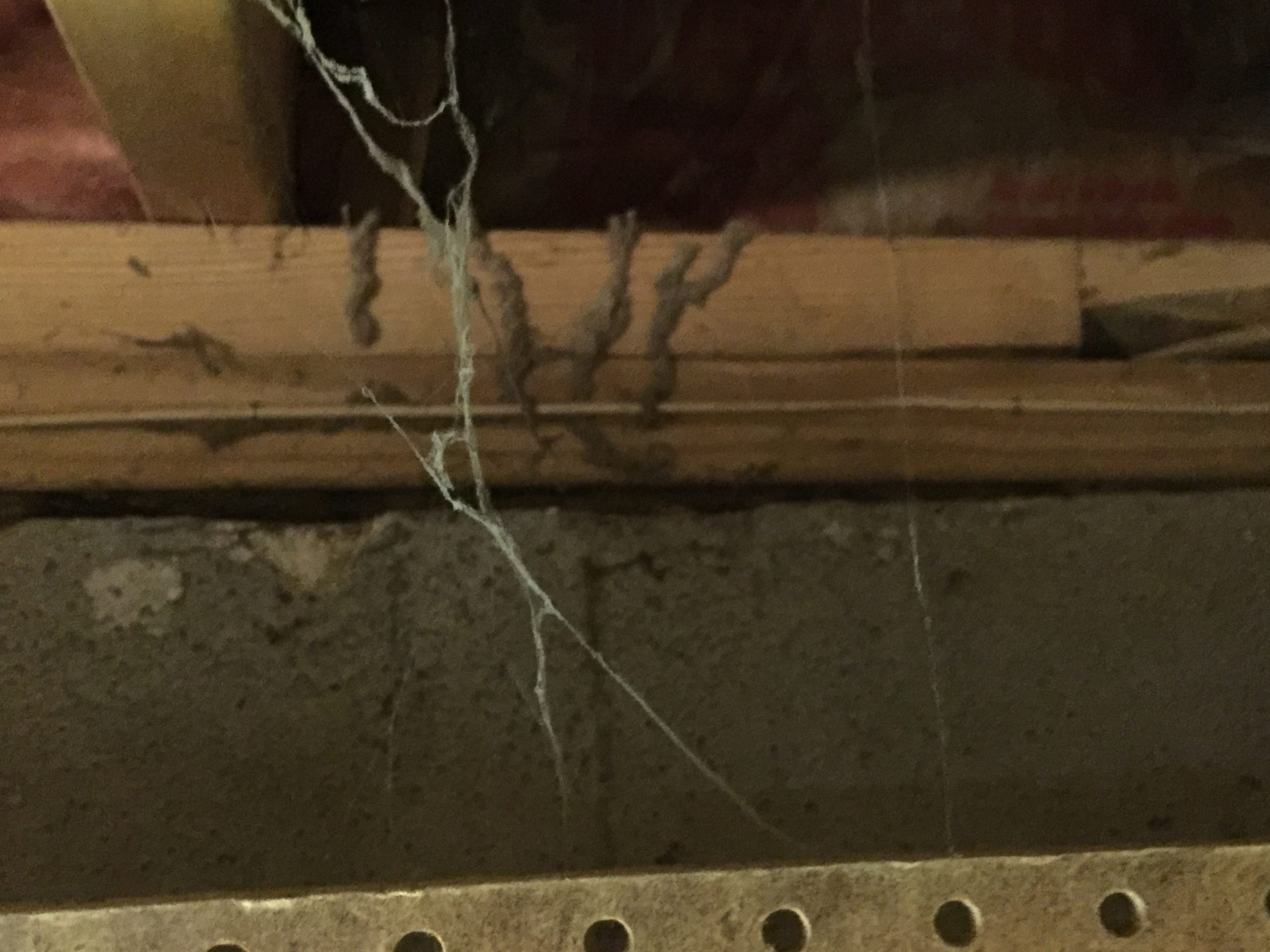
Termites seek moisture.
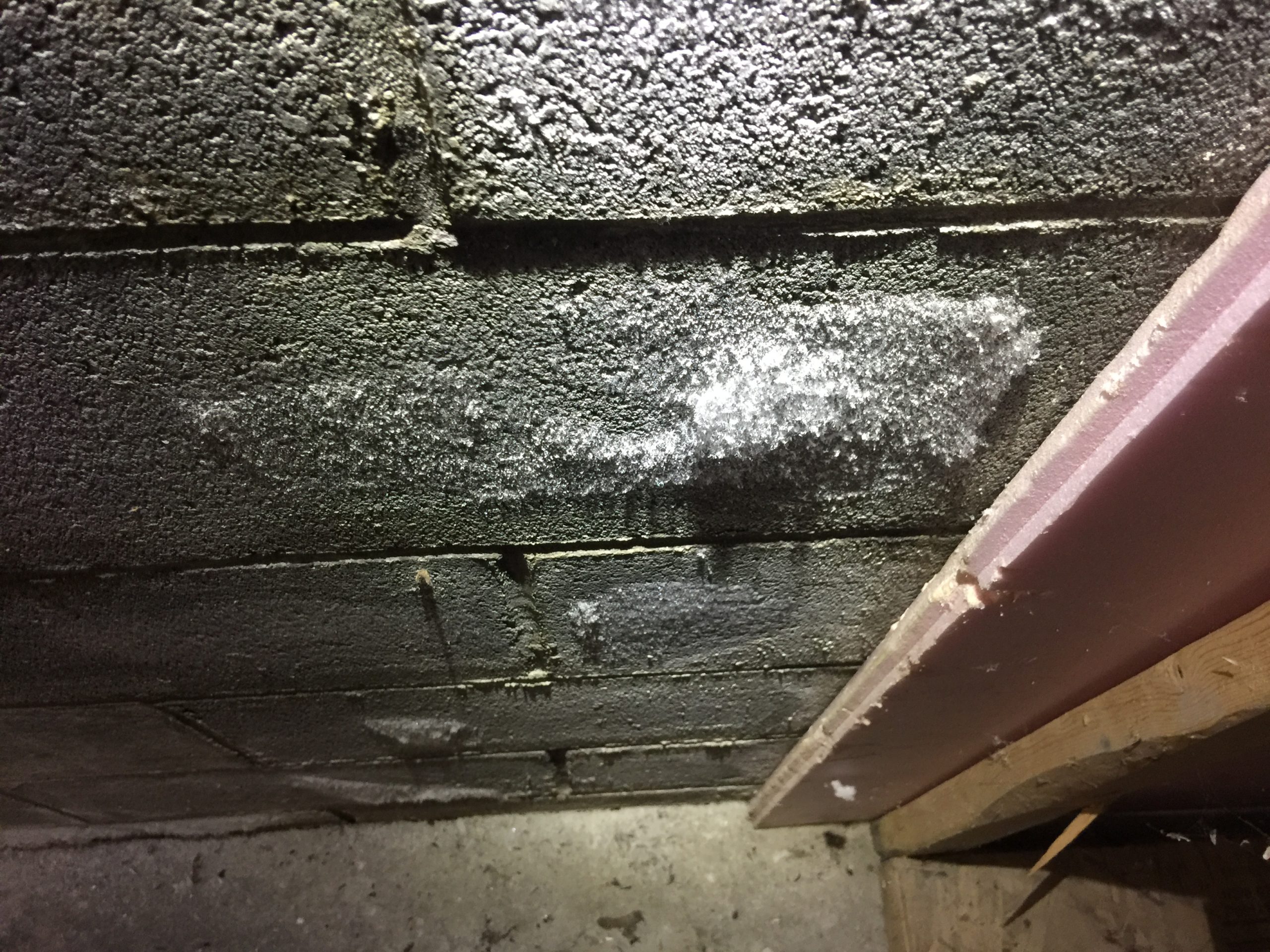
Mold lives on organic material on an inorganic(concrete) surface.
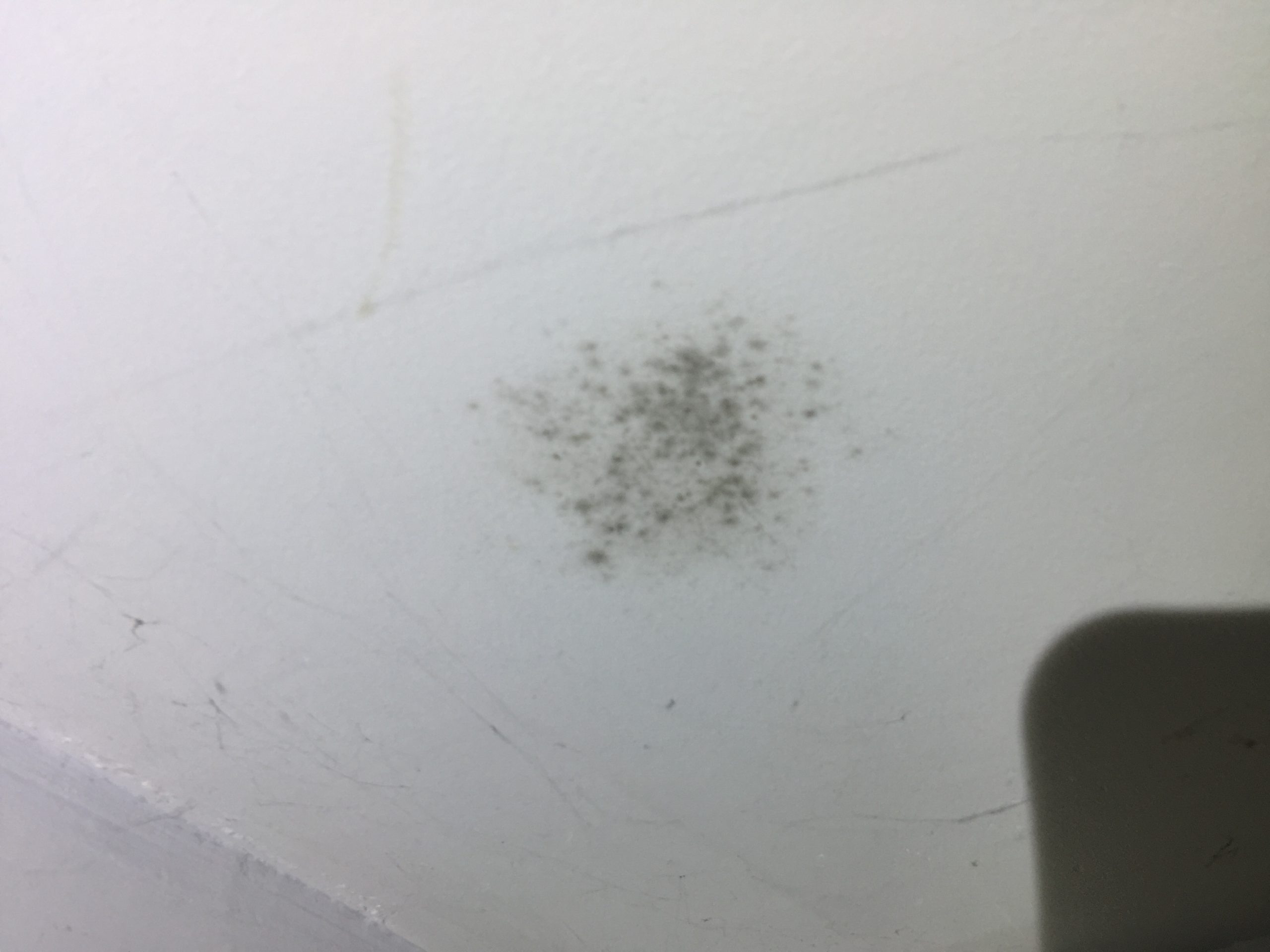
Mold on sheetrock
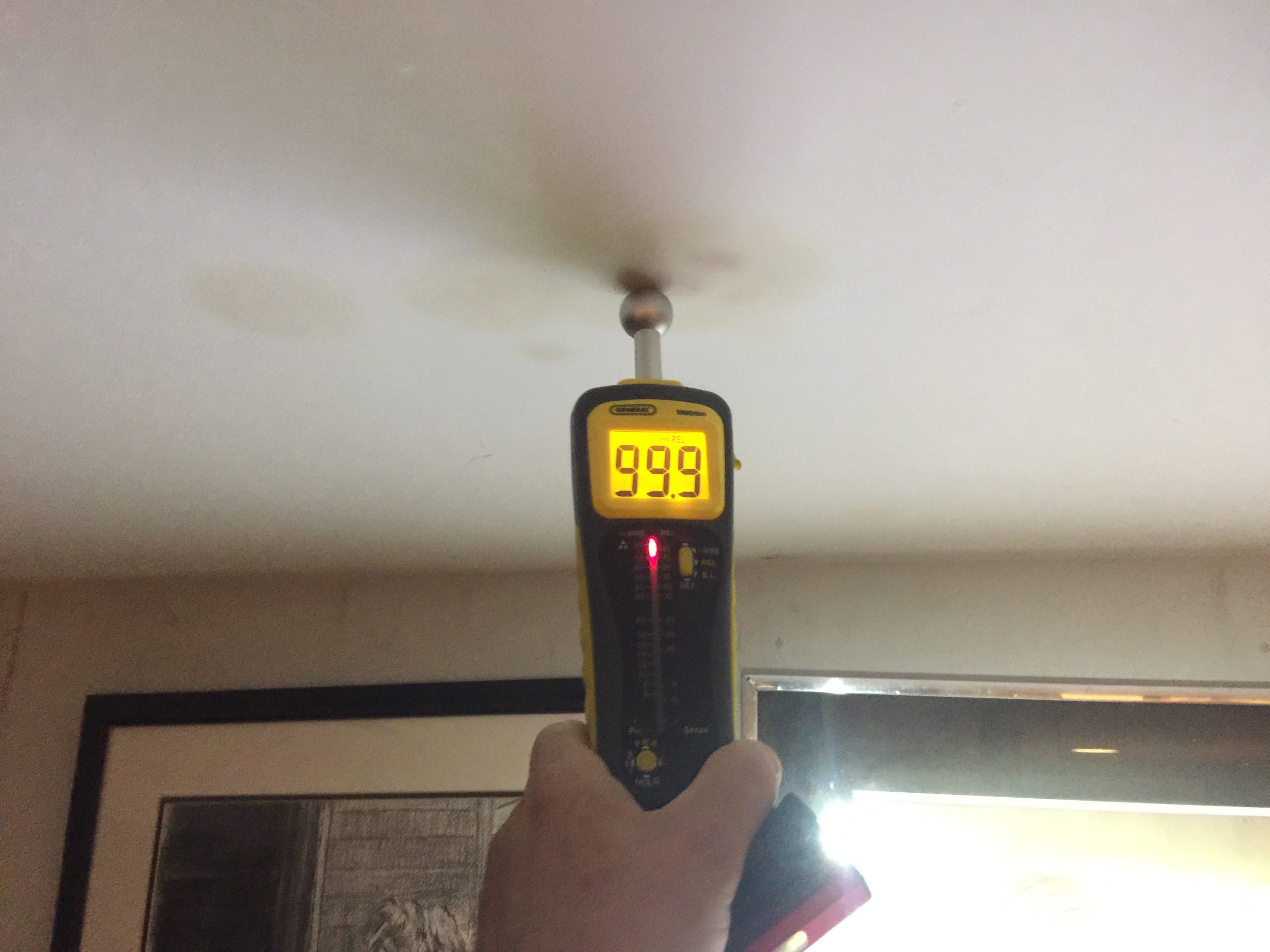
Confirming active leak on a drywall ceiling.
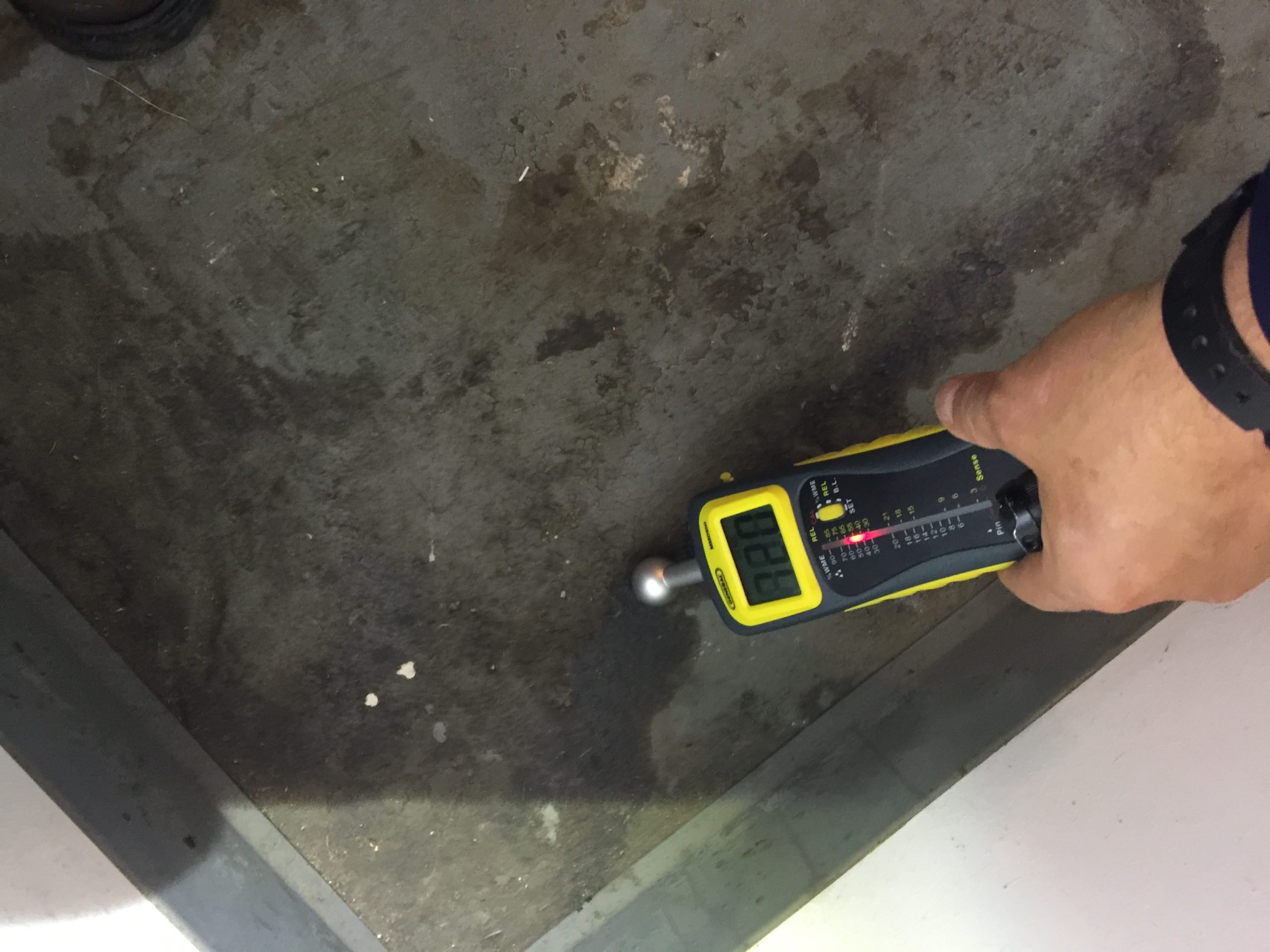
Elevated moisture on the foundation wall.
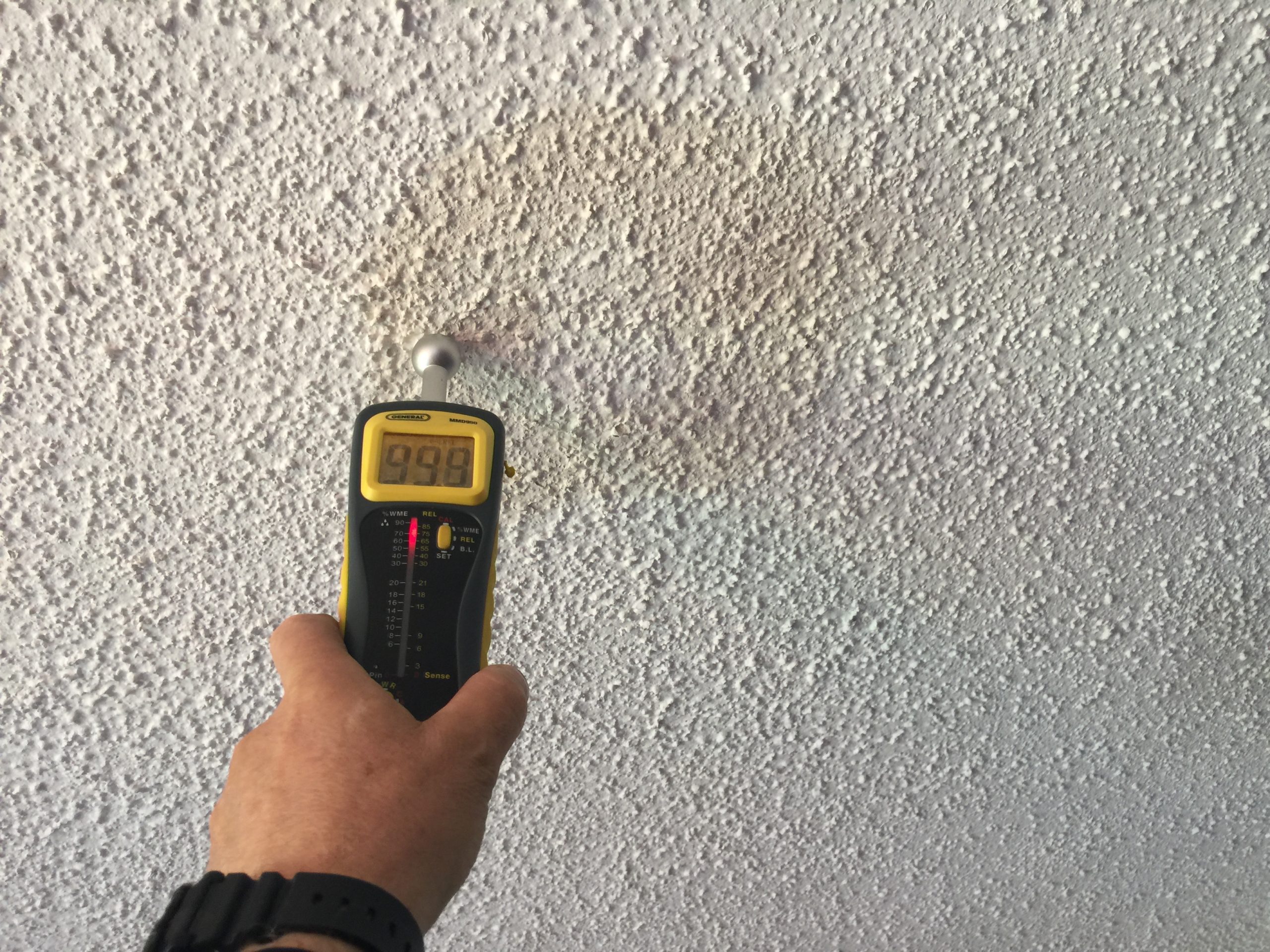
Confirming elevated moisture.

Moldy floor structure.

Mold in a closet. From roof leak.
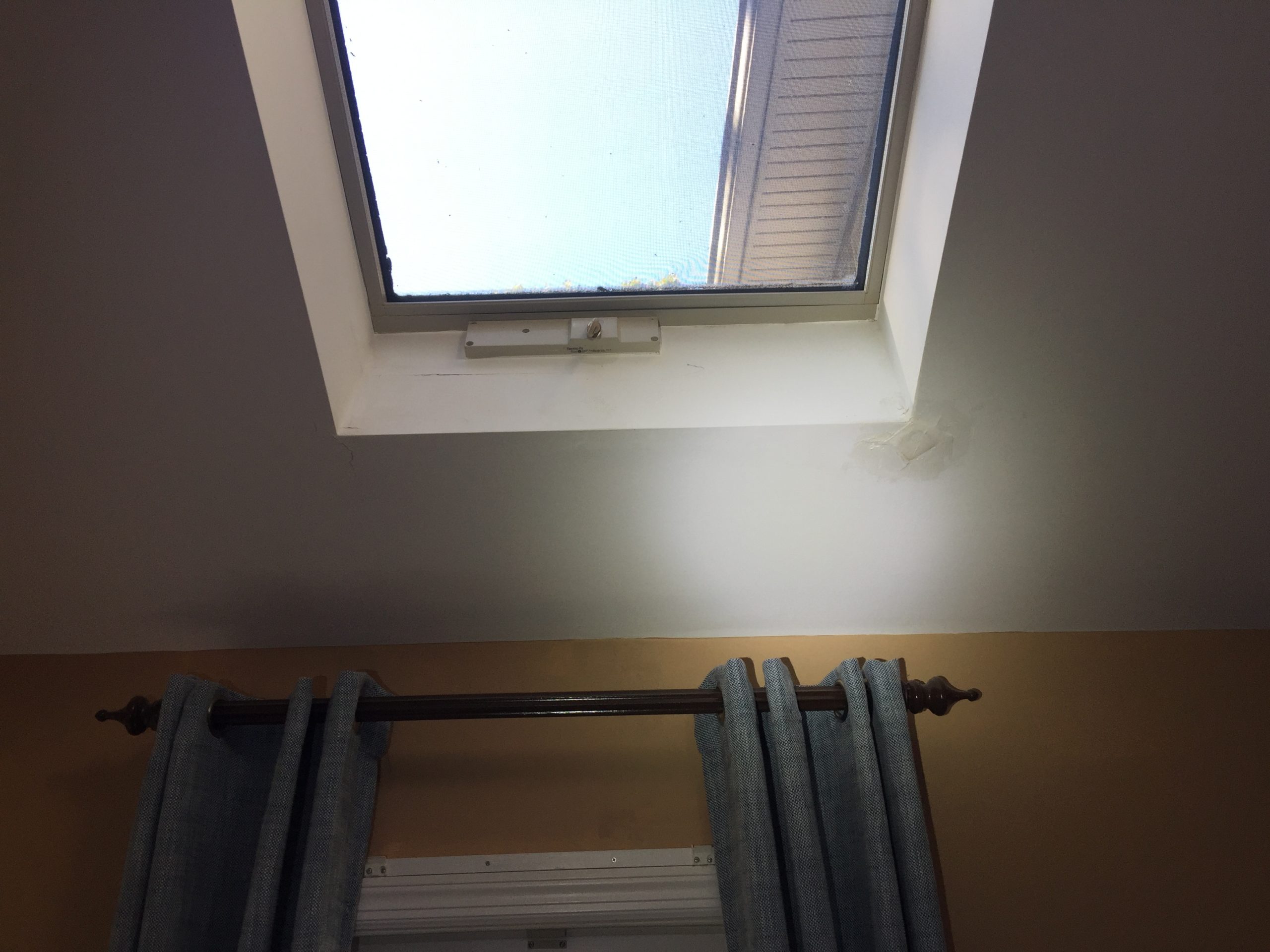
Skylights are difficult to stay dry.
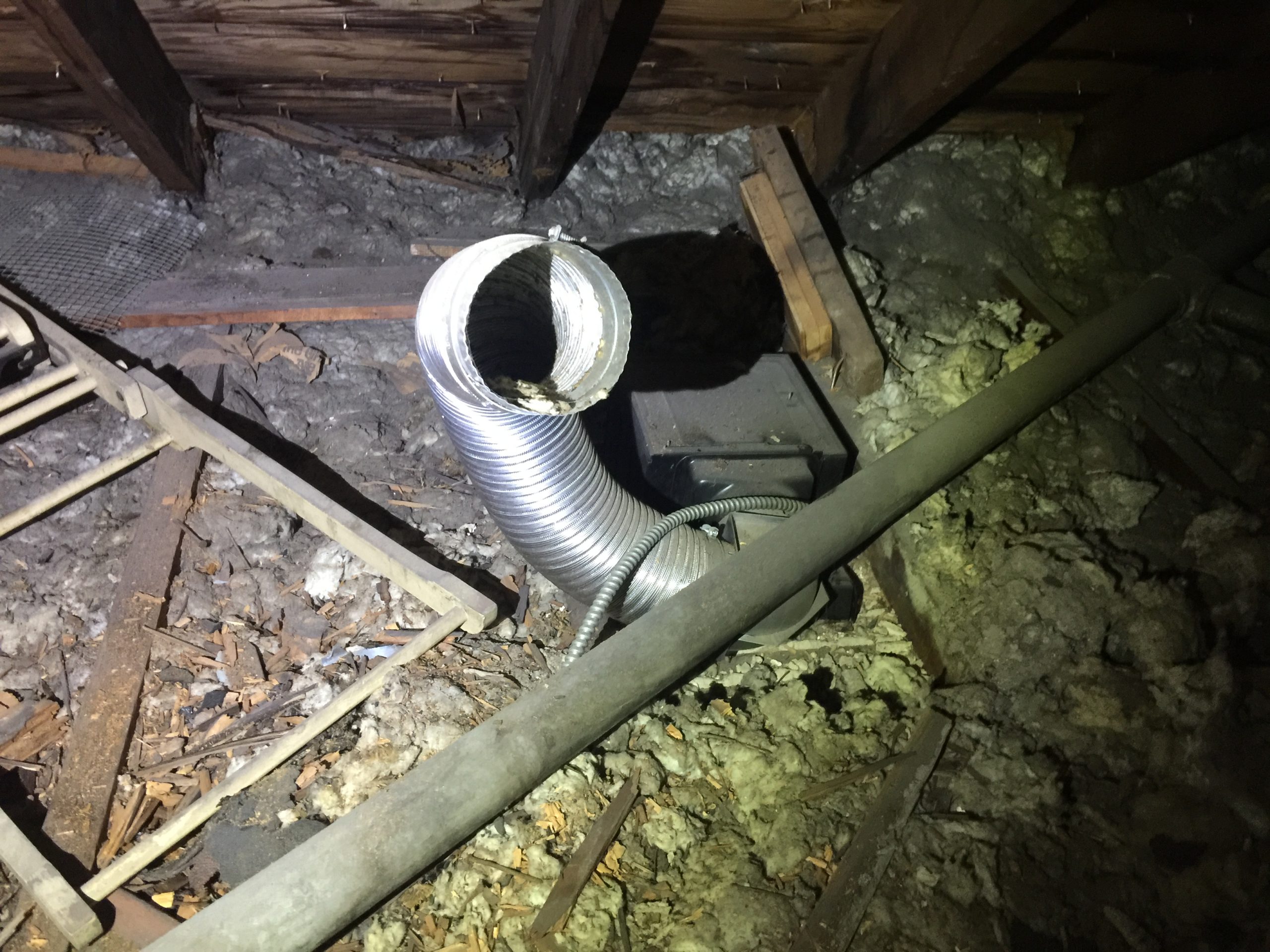
Dryer and bathroom exhaust should always vent to the exterior. Dumping warm moist air into an attic can promote mold growth.
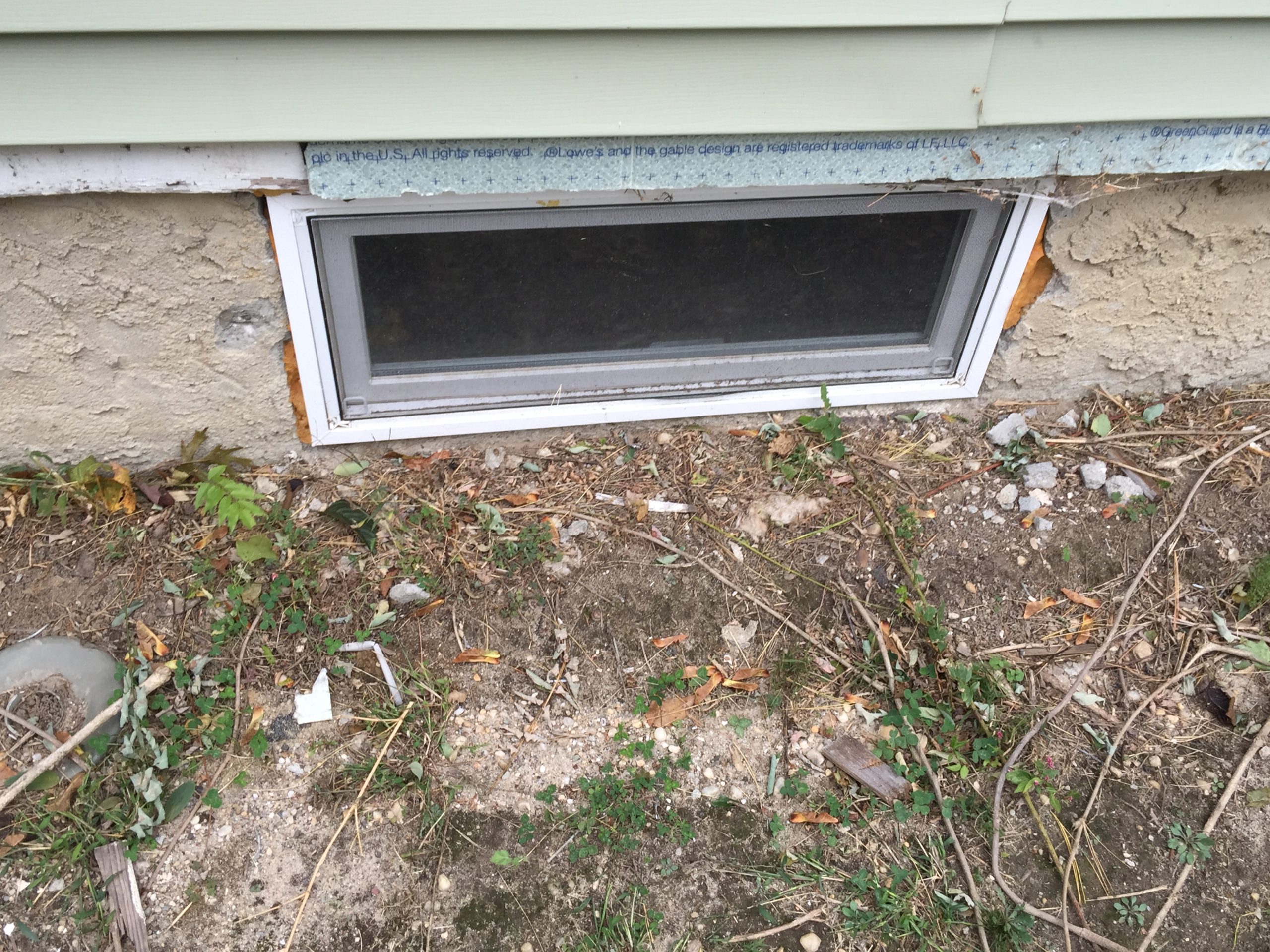
Window wells should be installed with covers to divert water.
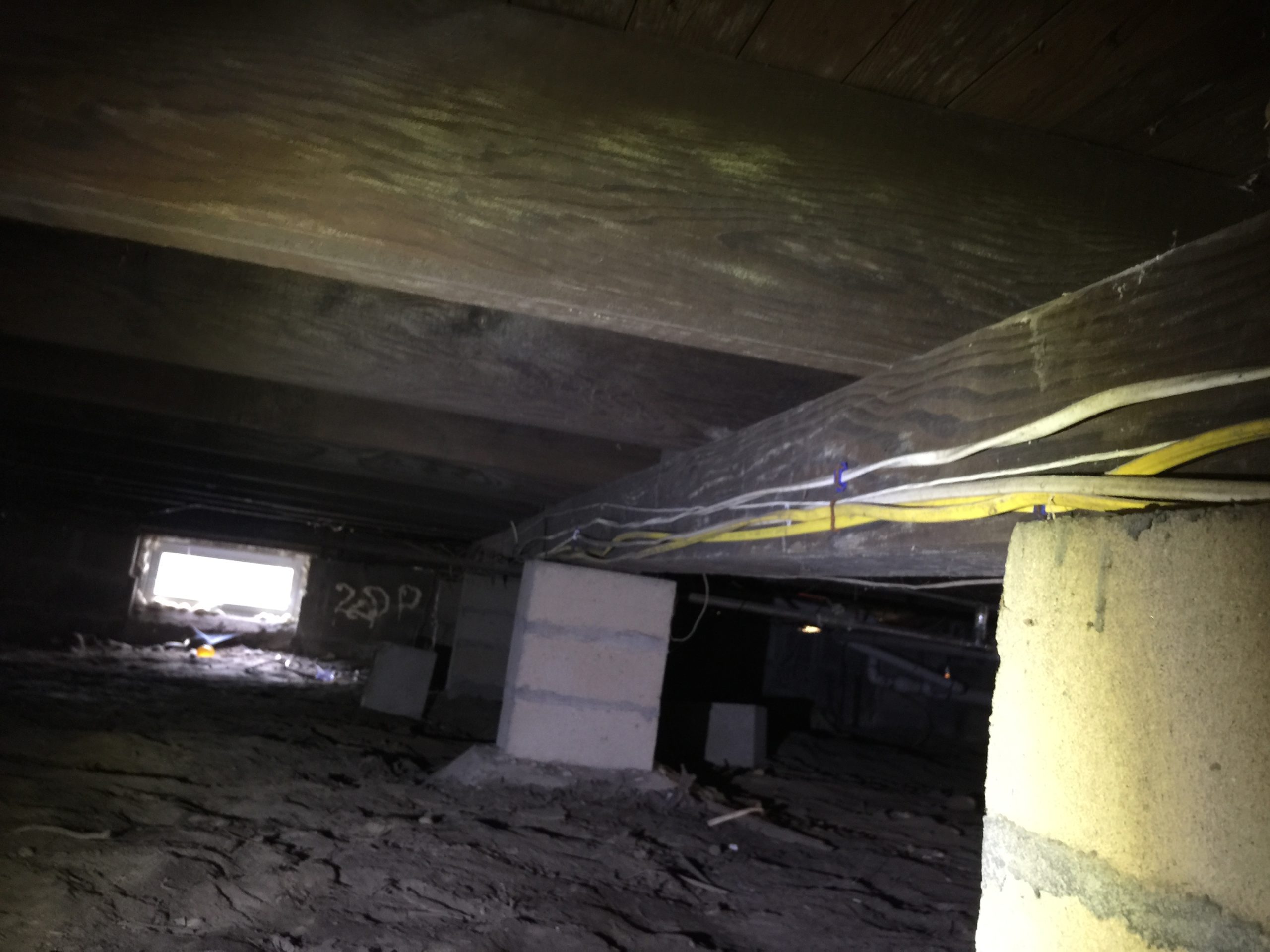
Moldy crawl space with dirt floor.
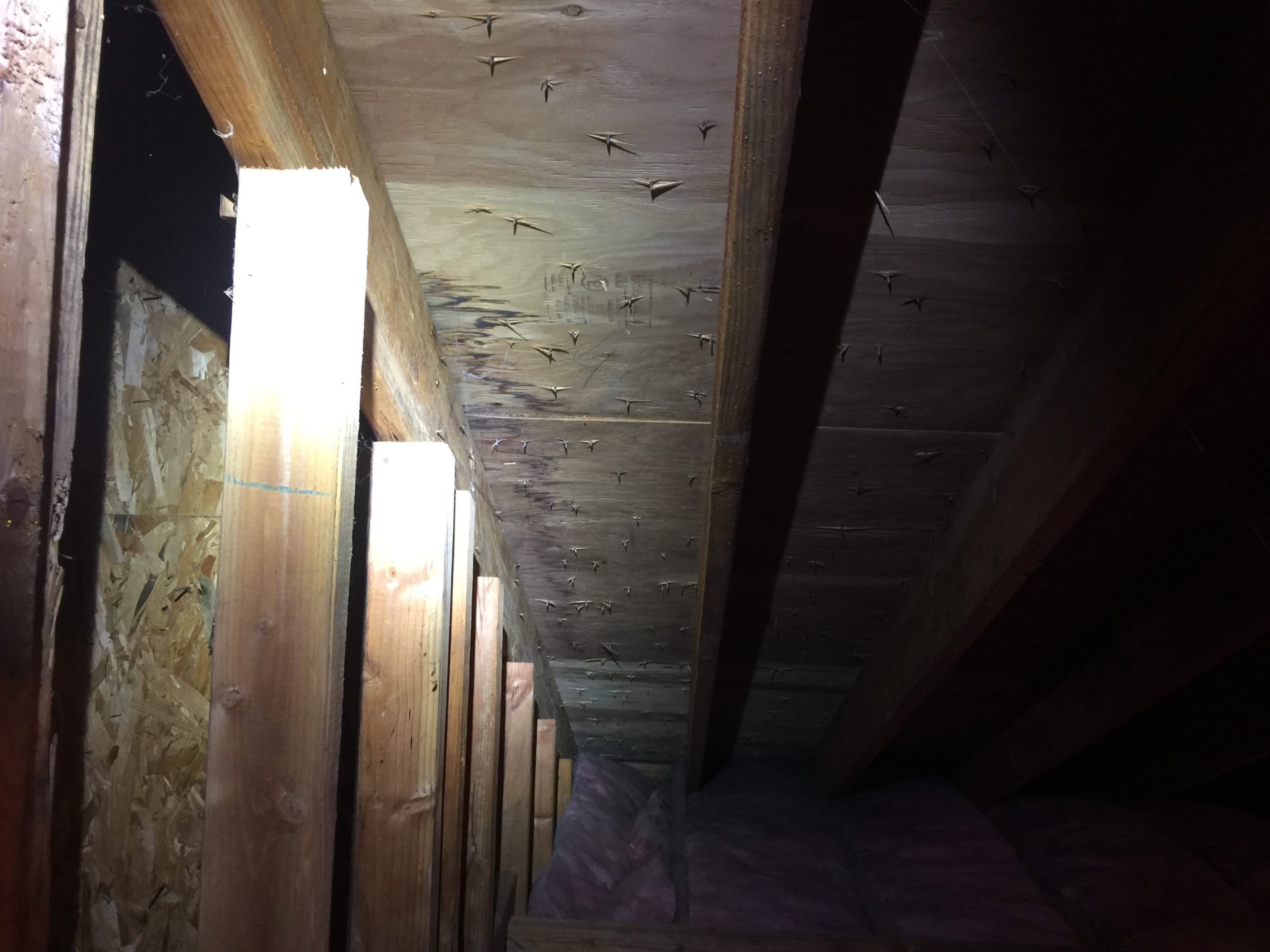
Roof leak can damage an entire section of wall and promote mold growth.
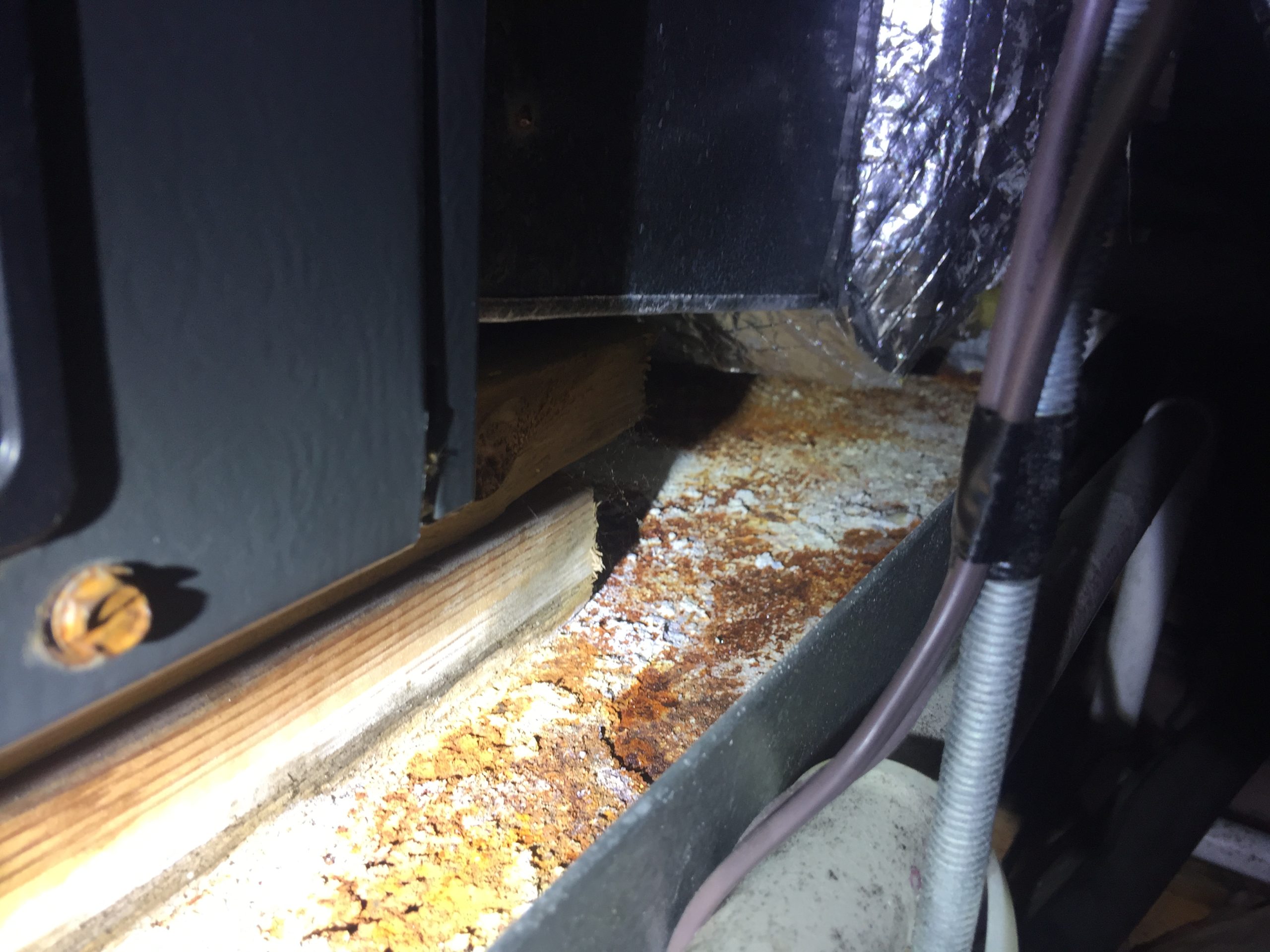
An air handler in the attic with water in the drip pan will eventually overflow causing moisture and possible mold growth.
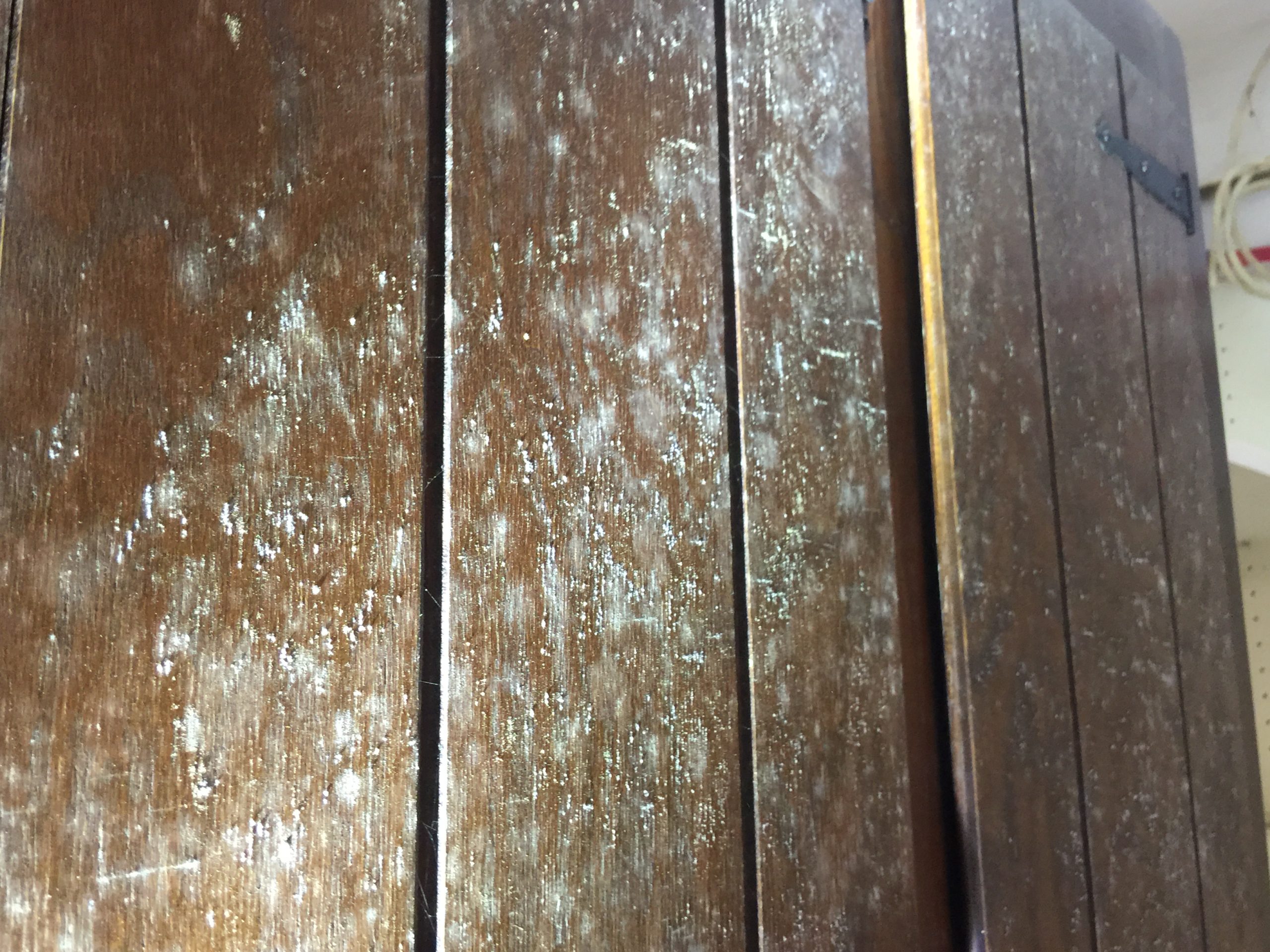
A very moldy cabinet.
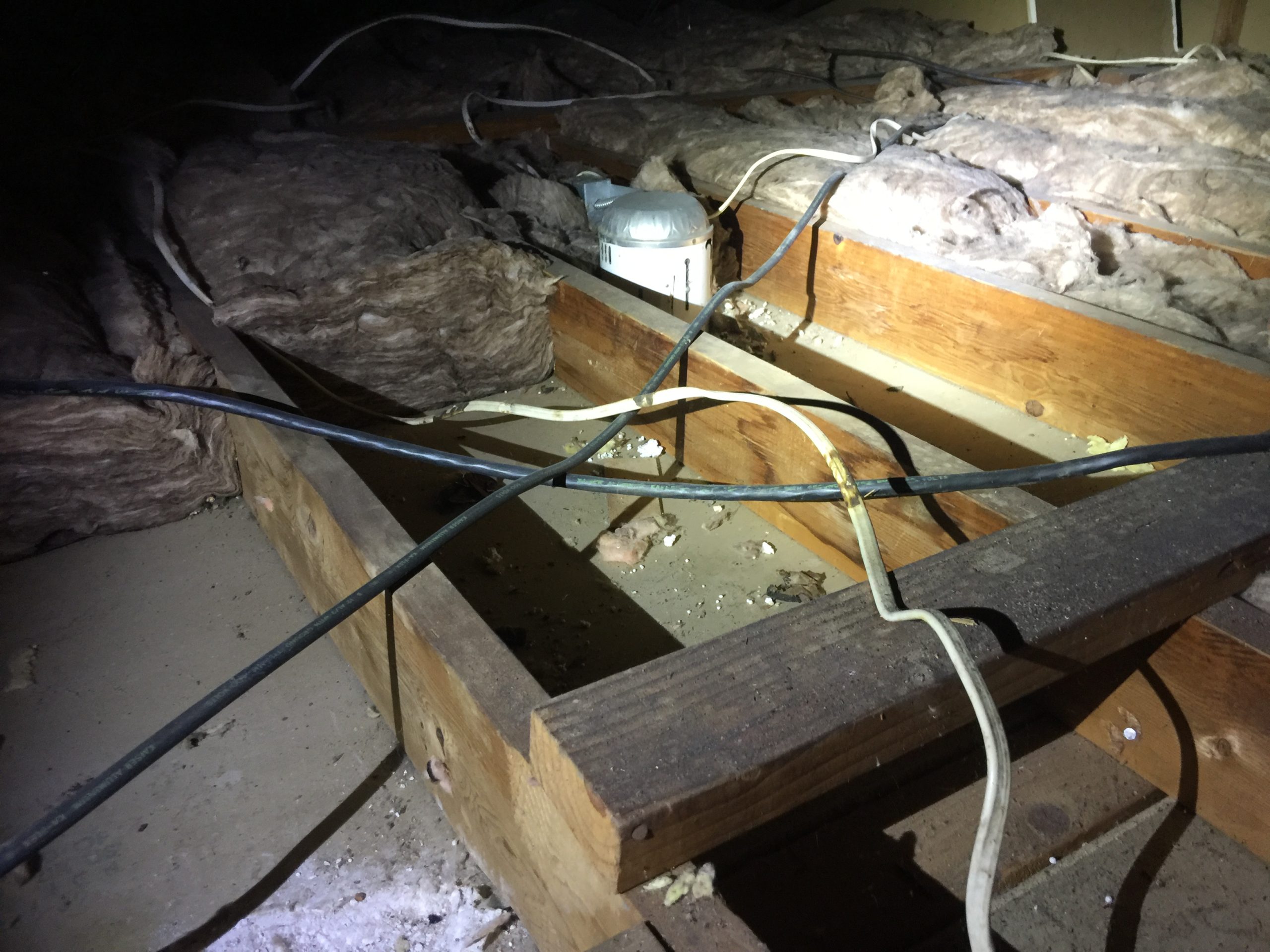
Insulation voids promote condensation by allowing warm air from below to react with cool attic air. This can promote mold growth.
